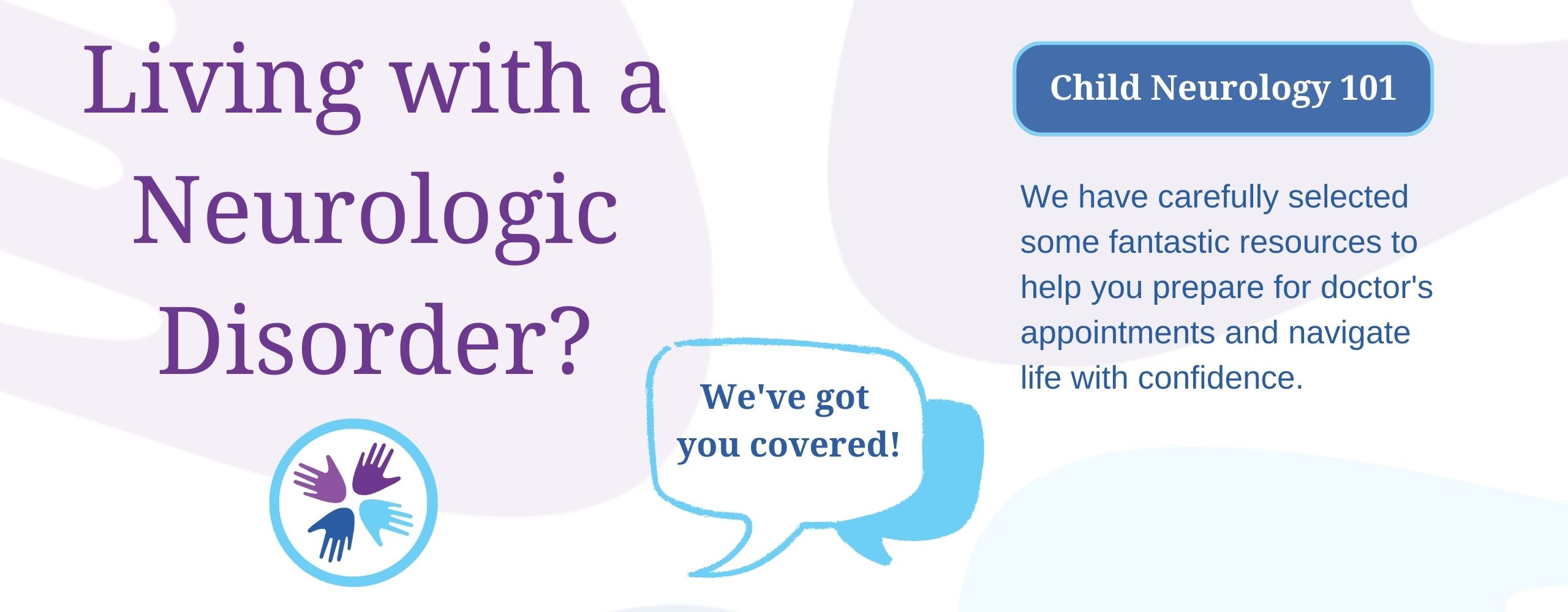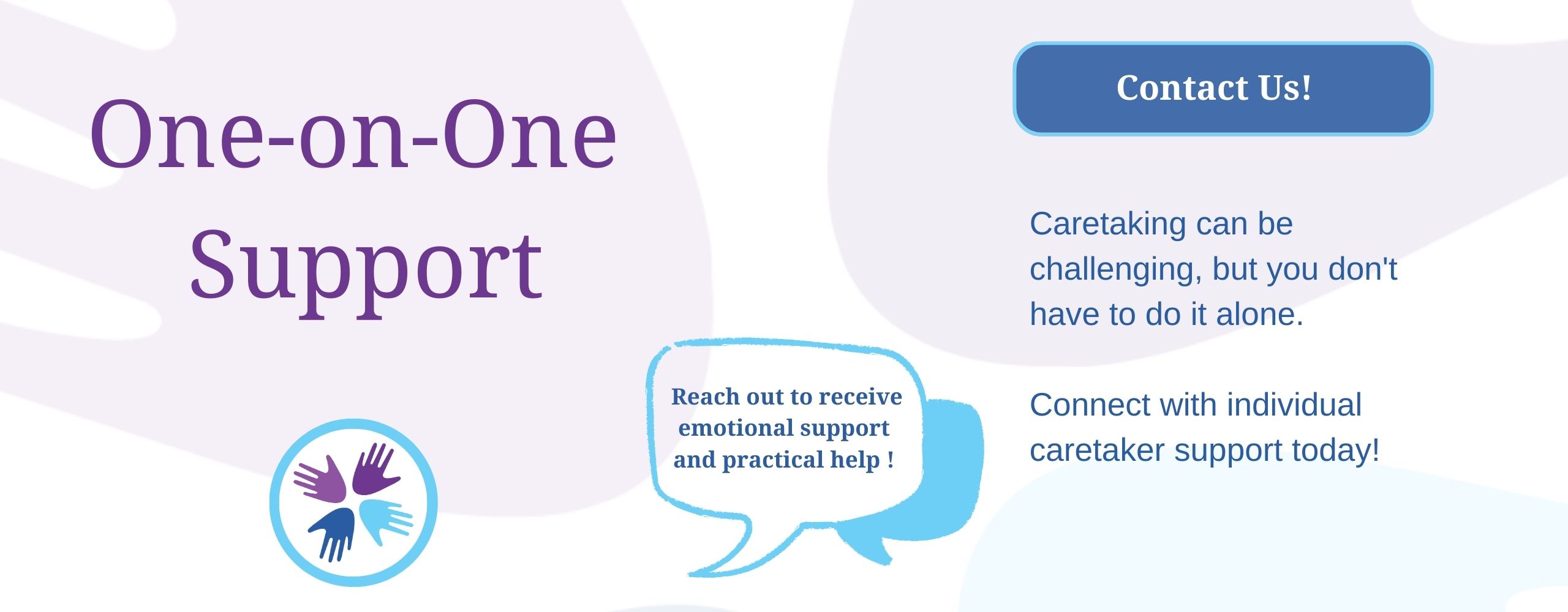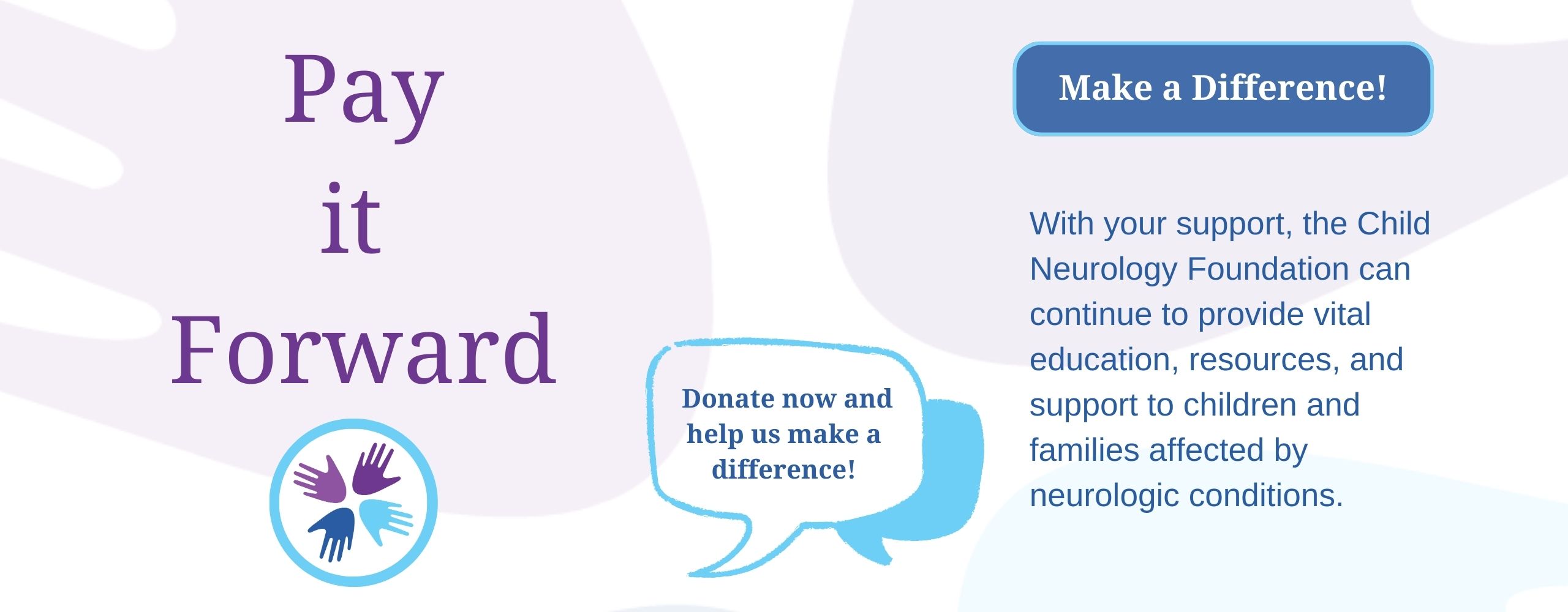
Authors: Kriti Bhayana, MD, Cleveland Clinic, Cleveland, OH; Stuart Fraser, MD, Director, Pediatric Stroke Program, UTHealth Institute for Stroke and Cerebrovascular Disease, Houston, TX
Reviewed: November 2023
SUMMARY
An arteriovenous malformation (AVM) is an abnormal tangle of blood vessels connecting the arteries and veins. Patients with AVMs are usually born with this condition. AVMs can also appear shortly after birth.
Patients can present with:
- Headaches
- Seizures
- Learning difficulty
- Muscle weakness
- Tingling
- Numbness
- Dizziness
- Brain bleeds (sometimes)
In some cases, there may be no symptoms at all.
AVMs are diagnosed by taking images of the brain. They are usually treated with surgery. Some AVMs are treated with radiation as well.
JUMP TO
Disorder Overview
DESCRIPTION
Arteries carry oxygen-rich blood from the heart to all tissues. Veins carry the blood returning from tissues back to the lungs and heart. Veins have weaker walls than arteries.
Capillaries are thin blood vessels that connect arteries to veins as they go through the tissues. They allow the oxygen-rich blood to seep through the tissues. They also decrease the pressure of blood as it goes back to the veins.
An arteriovenous malformation (AVM) is an abnormal tangle of blood vessels connecting the arteries directly to veins. There are no normal capillaries in between.
When this happens, the oxygen-rich blood is unable to reach the tissues. The blood returning to the veins is also under high pressure. If the veins are unable to handle this increased pressure, they can burst. This can lead to bleeding.
AVMs can occur anywhere in the body but are common in the brain and around the spinal cord.
There can be other types of malformations of the blood vessels in the brain. These include:
Cavernous malformations
Dural AV fistulas
Not all AVMs bleed. It depends on their size, type, and location in the brain. Some people can have AVMs all their life and not experience any symptoms. Unfortunately, large AVMs that bleed can be fatal.
SIGNS AND SYMPTOMS
Brain AVMs can present with symptoms resulting from irritation of the neurological tissue. These symptoms include:
- Seizures
- Headaches
- Weakness of the muscles
- Tingling and/or numbness
- Changes in vision, balance, and speech
- Dizziness
There can also be subtle signs of learning difficulty or behavioral issues.
CAUSES
Mostly, these malformations are congenital. This means the person is born with them. Sometimes, they can appear shortly after birth or even later in life. In some cases, they may be passed from one generation to the next.
The cause of these malformations is not well understood. In some situations, changes in the genetic code can result in them. This has to do with the formation of blood vessels in a developing baby. There may be problems with the chemicals responsible for their formation, resulting in such a malformation.
In a few situations, AVMs have also been reported to result from injury to the brain. Sometimes, a reason is never found.
LABORATORY INVESTIGATIONS
Often, the malformation is found incidentally when the patient gets scans of their brain due to another reason.
If a patient is experiencing symptoms, a neurologist will review those symptoms and perform a neurological exam.
AVMs are diagnosed using imaging tests. These include:
- Computed tomography (CT).
- Magnetic resonance imaging (MRI).
- Computed tomography angiography (CTA) or magnetic resonance angiography (MRA). The blood vessels are assessed using CTA or MRA.
- Catheter angiogram or digital subtraction angiography (DSA). Sometimes, a test involving a catheter (an instrument inserted through the groin or wrist) and dye is used. This is called a catheter angiogram or DSA.
If a genetic cause is suspected, a blood test to check for the change in the genetic code may be done.
People who have their AVMs treated surgically need regular testing. They should be tested every year after the procedure for up to five years.
A disease called hereditary hemorrhagic telangiectasia (HHT) can increase the risk for AVMs. People who have HHT are screened with imaging tests from time to time to check for any AVMs.
TREATMENT AND THERAPIES
A neurologist and neurosurgeon work together to decide on the optimal treatment plan for the patient.
The treatment will depend on the size, location, and type of AVM. This can be done through various techniques:
Surgery
Radiosurgery
If an AVM is located at a place that may be difficult to access, then it can be treated using radiation. The procedure involves high-beam radiation directed at the location of the malformation. It results in scarring of the malformation. This causes it to slowly shrink over time.
Embolization
Medications
All treatments for AVMs come with risks and possible complications that should be discussed with the patient’s doctor. Complications of surgery include:
- Brain bleeds
- Seizures
- Aneurysms
- Permanent brain problems (like weakness or difficulty with speech)
- Death
Treatment with radiosurgery can be associated with seizures and brain swelling.
Every patient’s situation is unique. The risks and benefits of all treatment options should be discussed with the family and treatment team.
OUTLOOK
For children who have their AVM surgically removed, the AVM usually does not return. However, the surgeon will often follow up for several years to make sure. For those who undergo radiosurgery, monitoring will be needed to look for shrinkage of the malformation.
Children who do not have any symptoms can grow up to be independent adults. Sometimes, they may have to take medications to manage complications related to either the malformation or its treatment. For example, they may use anti-seizure medications for seizures or pain medications for headaches.
AVMs can sometimes affect learning or behavior. Some children have mild learning difficulties due to their AVM.
Those who do not get surgery are generally advised to avoid excessive exercise. They may also need to stay away from blood thinners. Diet has not been proven to cause or prevent symptoms.
RELATED DISORDERS
There are other kinds of malformations of the blood vessels of the brain. They can result in similar symptoms. It is important to identify them so they can be managed.
Related disorders include:
Cavernous malformation
Dural AV fistula
Dural sinus venous malformation
Aneurysm
Cerebral proliferative angiopathy
The links and resources included in this section are solicited directly from the community by the Child Neurology Foundation through a formal submission process. CNF reserves the right to remove entities at any time if information is deemed inappropriate or inconsistent with the mission, vision, and values of CNF. The authors listed on this page have not endorsed the resources or links provided in this section.
Resources
The AVM Alliance is a non-profit organization dedicated to filling the needs of the arteriovenous malformation (AVM) community and supporting other charitable and research organizations who make a difference. Their goal is to help parents whose child receives a brain AVM, aneurysm, stroke, brain vessel disease or (TBI) traumatic brain injury diagnosis. AVM Alliance’s mission is to educate the public about pediatric stroke and show children who have this condition that they are not alone. They provide valuable support and information to help families on their journey through their podcasts and private Facebook group. In addition, they raise awareness about this condition, and fund research for early diagnosis, treatment, and a cure for brain vessel disease. AVM Alliance also offers a One-on-One Parent Support Network by contacting [email protected] or filling out an online form.
The Aneurysm and AVM Foundation (TAAF)
The Aneurysm and AVM Foundation (TAAF) is dedicated to bettering the lives, support networks, and medical care of those affected by aneurysm and other types of vascular malformation of the brain. TAAF 4 Kids is the pediatric side of TAAF. Started first as a separate initiative called The Rylan Project–named for legacy VOGM survivor Rylan Craig–TAAF 4 Kids blossomed to encompass pediatric aneurysm, arteriovenous malformation (AVM), and hemorrhagic stroke. TAAF has launched the TAAF Youth Ambassador Program, a new advocacy initiative for children/teens within the greater aneurysm and AVM community.
Family Stories
The AVM Alliance shares inspirational stories of children and teens who are bravely living with an arteriovenous malformation (AVM) on their Warrior Stories: On Earth page. The Warrior Stories: In Heaven page is a loving tribute to the children and teens who tragically did not survive their AVM.
Research
These are clinical trials that are recruiting or will be recruiting. Updates are made daily, so you are encouraged to check back frequently.
ClinicalTrials.gov is a database of privately and publicly funded clinical studies conducted around the world. This is a resource provided by the U.S. National Library of Medicine (NLM), which is an institute within the National Institutes of Health (NIH). Listing a study does not mean it has been evaluated by the U.S. Federal Government. Please read the NLM disclaimer for details.
Before participating in a study, you are encouraged to talk to your health care provider and learn about the risks and potential benefits.
For more information about participation in clinical trials, check out our education hub on the topic here.
Information for research and clinical trials specific to arteriovenous malformation can be found on the AVM Alliance and The Aneurysm and AVM Foundation (TAAF) websites.
References
Arteriovenous Malformations (AVMs) [Internet]. Bethesda, MD: National Institute of Neurological Disorders and Stroke; [cited 2023 Oct 10]. Available from: https://www.ninds.nih.gov/health-information/disorders/arteriovenous-malformations-avms#toc-who-is-more-likely-to-get-arteriovenous-malformations-.
What is an Arteriovenous Malformation [Internet]. Dallas, TX: American Heart Association; 2018 Dec 4 [cited 2023 Oct 10]. Available from: https://www.stroke.org/en/about-stroke/types-of-stroke/hemorrhagic-strokes-bleeds/what-is-an-arteriovenous-malformation.
The information in the CNF Child Neurology Disorder Directory is not intended to provide diagnosis, treatment, or medical advice and should not be considered a substitute for advice from a healthcare professional. Content provided is for informational purposes only. CNF is not responsible for actions taken based on the information included on this webpage. Please consult with a physician or other healthcare professional regarding any medical or health related diagnosis or treatment options.



